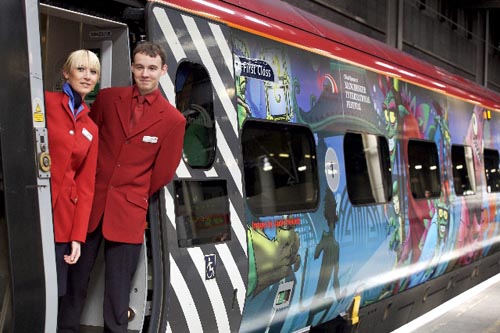Interview: Photographer Stephen Iles
The former British music promoter discusses his experimental approach to capturing images

by Carol Huston
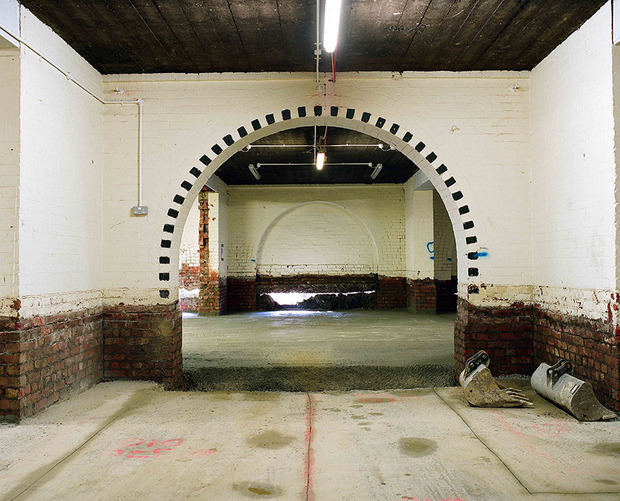
“Photography is an experiment, but it’s the results that count.” Art rhetoric is no stranger to Stephen Iles, who divides his time between London and Manchester. A music promoter during Manchester’s media-crazed years, Iles (who studied fine art at the former Manchester Polytechnic) now directs his attention to the medium of photography. In particular, artists, art galleries and art studios provide the backdrop for his new and developing visual dialogue with the UK scene, as portrayed in his recent depictions of the University of Manchester’s Whitworth Art Gallery. While this series of Iles’ photography documents a place in transition, it also projects references to the larger discourse surrounding the historic Fluxus and Arte Povera movements. We caught up with the artist recently to learn more about his current work as well as his relationship with the photographic medium.
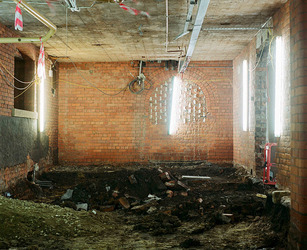
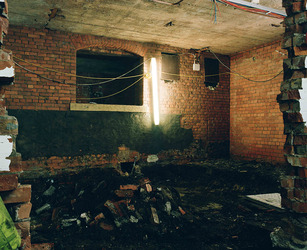
Much of your new work documents so-called privileged locations. How did the Whitworth Art Gallery series come about?
The sites are often in random and chaotic states, I suppose I try to pull out information from the place, to try and see if there is something beyond the visible—an energy or a memory. I thought working in the places where we make and show art would be a way of making the subject rhetorical, after all I wanted the pictures to interrogate themselves, to be of themselves rather than anything else. So working in gallery spaces that were in a state of transition or ‘flux’ seemed ideal. I liked the idea of photography as a mirror, so it’s kind of like the art world looking back at itself in an endless reflection, a joke in a way, but I think jokes are serious business in art.
What sort of mindset do you strive for when capturing an image?
You almost want to be under-prepared for it—it becomes superficially formalistic otherwise. You have to keep a looseness with what you’re doing. Always trying to find these balances, and these trade-offs. I have no documentary prescription; I have a camera, an experimental tool and I have a space. That’s all there is to it. Anything else is arbitrary; doesn’t interfere with going in and having an experiment. I see the whole process as a kind of experiment, using the site as a studio or a laboratory. There’s an uncertainty about the whole thing—access is often restricted, there’s a randomness to what I might find, I don’t really have a pre-figured strategy when I work. I don’t take the photographs, the camera does.
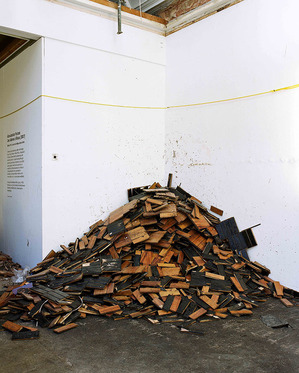
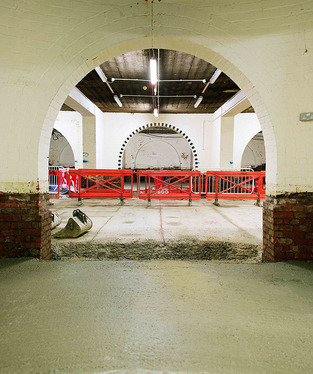
What do you mean by “having an experiment?”
Every time I take a photograph it’s an experiment. I go in with an empty mind. It’s a good idea to empty your head as much as possible before taking a photograph. For me, it’s about looking at the camera as a box, as an experiment itself. If you approach it like that, you’re not taking the photograph for granted. It’s about breaking down what’s obvious and easy—you want a problem. It’s not that the photos refer to paintings, for example, but paintings often inhabit the photographs. I’m not consciously looking for it, but it seems to come out the end. A reference to a painting is the unexpected result of the experiment as it were. I’m amazed at the capability of the camera; it captures beyond the material of what you’re looking at, especially when shooting on film.
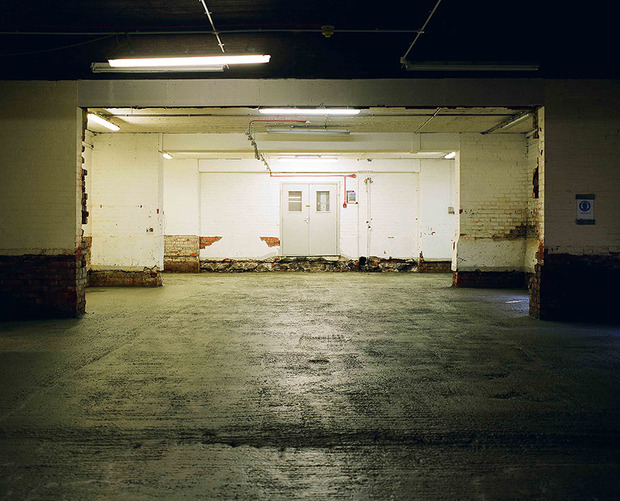
How do you construct the formal qualities of your photographs?
I don’t want to impose my understanding of art history and philosophy on the work. It needs to breathe. That’s part of the incredible power of photography. It’s beyond control. When you control it, it becomes over-stylized. I’ve found that the camera does a remarkable job of making a composition: point it anywhere—blindly if you will—and it will deliver you a fully formed picture. The less you impose upon the machine the more it seems to reveal. I think that’s probably the result of the experiment. The spaces seem to offer up a dialogue.
Images courtesy of Stephen Iles

